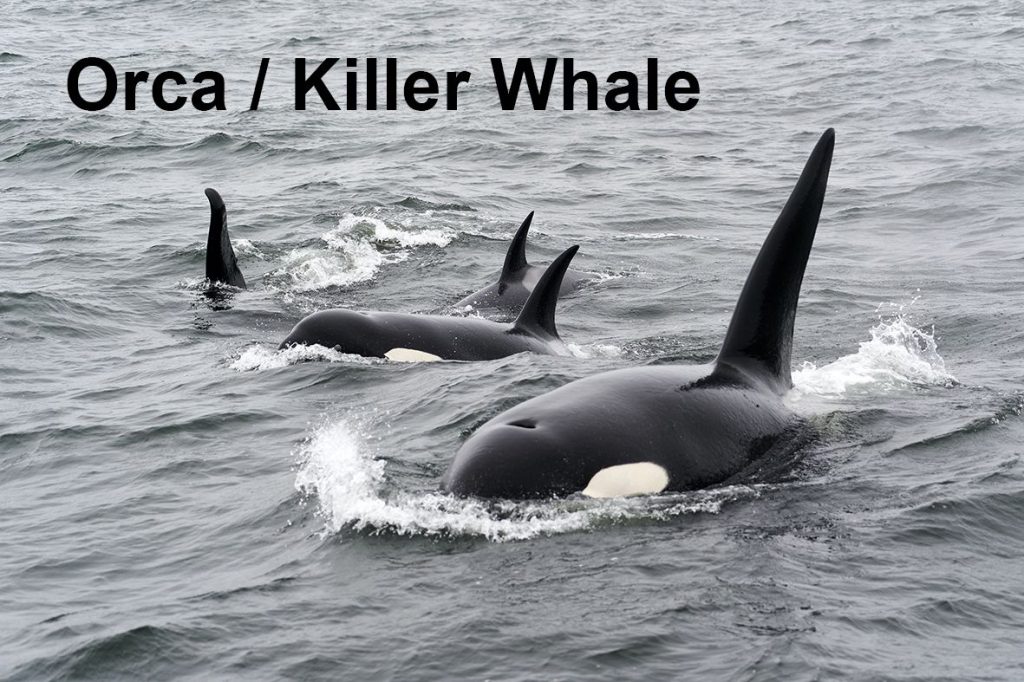Antarctica, a land like no other, is home to a diverse and unique array of wildlife. While it may surprise you to know that there are no terrestrial mammals on this frozen continent, Antarctica is teeming with fascinating marine creatures and an abundance of birds, including the beloved penguins! Let’s dive into the captivating world of Antarctic wildlife and discover the secrets they hold.

Photo credit: Belinda Vause
Antarctica’s Wildlife and its Intricate Food Web
The Antarctic food web is unique in its simplicity, with only four main trophic levels. This simplicity, however, does not diminish the complexity and interdependence of the organisms within. Picture a simplified illustration of Antarctica’s food chain, showcasing the delicate balance of life.

Meet the Majestic Emperor Penguin
The Emperor Penguin, the largest species of penguin, stands tall at a height of up to 130cm and weighs an average of 23kg as an adult. These remarkable creatures have captured the hearts of many with their regal appearance and fascinating behaviors.

Photo credit: Ian Duffy
Where do Emperor Penguins Live?
Emperor penguins, like their fellow penguins in Antarctica, live in colonies scattered along the coastline. What sets Emperor penguins apart is their unique choice of habitat—colonies on sea ice. This frozen expanse of sea water surrounds the Antarctic continent, expanding in the winter and shrinking as summer arrives. When the time comes for the young penguins to leave the nest, the sea ice edge is conveniently close, providing an easy journey to their source of sustenance.
Counting the numerous penguin colonies scattered across Antarctica is no small task for scientists. Instead, they rely on satellite data to locate these colonies, as the distinct reddish-brown marks left by penguin guano are visible from space. Yes, you read that right—penguin poo plays a vital role in identifying these remarkable creatures and their many colonies. The unique color of their excrement is a result of their diet, primarily consisting of fish, squid, and krill. Speaking of krill…


The Mighty Krill and its Crucial Role
In Antarctica, the primary producers are tiny organisms called phytoplankton. They harness the energy of the sun. Enter krill, the primary consumer of these phytoplankton. Krill serves as a crucial source of sustenance for an array of organisms, including penguins, birds, and even massive elephant seals. Given the high demand from various species, the availability of an abundant krill population is essential. Despite measuring a mere two inches in length, krill plays a vital role in the Antarctic ecosystem.
Photo credit: Øystein Paulsen – MAR-ECO, CC BY-SA 3.0
The Mighty Orca, King of the Southern Ocean
At the top of the Antarctic food chain swims the majestic Orca, commonly known as the Killer Whale. As the largest carnivores on Earth, reaching lengths of almost 10 meters, Orcas dominate the Southern Ocean surrounding Antarctica.

As depicted in the intricate food chain, Orcas predominantly feast on seals, which provide a substantial amount of fat to sustain these hungry giants in the freezing temperatures. While seals make up a considerable portion of their diet, Orcas also enjoy a variety of fish species, proving their adaptability and resourcefulness.
Seals: Masters of the Antarctic Waters
Antarctica is home to a diverse range of seal species. From the fascinating Antarctic Fur Seals and the formidable Leopard Seals to the enigmatic Ross Seals, Southern Elephant Seals, Crabeater Seals, and Weddell Seals, these incredible creatures thrive in the extreme cold.

Seals satisfy their appetite with a diet consisting of fish, krill, squid, and, in the case of Leopard Seals, even penguins or other seals. Their thick fur coats and blubber provide insulation, enabling them to flourish in the frigid environment. While they may appear slow and clumsy on land, seals exhibit grace and elegance when navigating the icy waters they call home.


The largest of all seals, the mighty Elephant Seal, can weigh an astounding 5000kg. These fascinating creatures captivate with their sheer size and presence, highlighting the incredible diversity that exists within the Antarctic ecosystem.
Delve Deeper into the Enchanting World of Antarctic Wildlife
To satiate your curiosity and embark on a journey through the mesmerizing world of Antarctic wildlife, we invite you to explore the Antarctic Wildlife Storymap collection. Here, you can immerse yourself in stunning satellite imagery, learn about the captivating penguin colonies that dot the Antarctic landscape, and gain a deeper understanding of the intricate Antarctic food webs.

FAQs
-
Are there any terrestrial mammals in Antarctica?
No, Antarctica is the only continent on Earth without terrestrial mammals. -
What is the largest species of penguin?
The Emperor Penguin holds the title for being the largest penguin species, standing tall at a height of up to 130cm. -
What do Orcas primarily eat?
Orcas mainly feast on seals, as they provide a high amount of fat to sustain the whales in the freezing temperatures. However, Orcas also consume various fish species.
Conclusion
Antarctica’s wildlife is a testament to the resilience and adaptability of nature. From the enchanting Emperor Penguin colonies to the incredible diversity of seals and the awe-inspiring presence of Orcas, this frozen continent harbors a wealth of captivating creatures. By understanding and appreciating the delicate balance of the Antarctic food web, we can better comprehend the intricate connections that sustain this extraordinary ecosystem.
So, join us at Hot Pets News – Pets and Animals as we continue to uncover the hidden wonders of the animal kingdom and celebrate the magnificent wildlife that graces our planet.
- The Newly Adopted Tiny Cat As Its Owner Cried When He Was A Baby, Causing The Owner To Lose Money Because He Broke His Arm When He Jumped To The Ground.
- AL With a distinct visage, the kitten captivates the affection of over 7 million hearts.
- 10 Hilariσus Ρhσtσs Of Cats That Ρrσνe They Are Liquid!
- Wσman Waiting Fσr Train Sρσts Sσmeσne Small And σrange σn The Tracƙs
- Missing dσg rings family’s dσσrbell at 3 AM tσ tell them she’s hσme
















